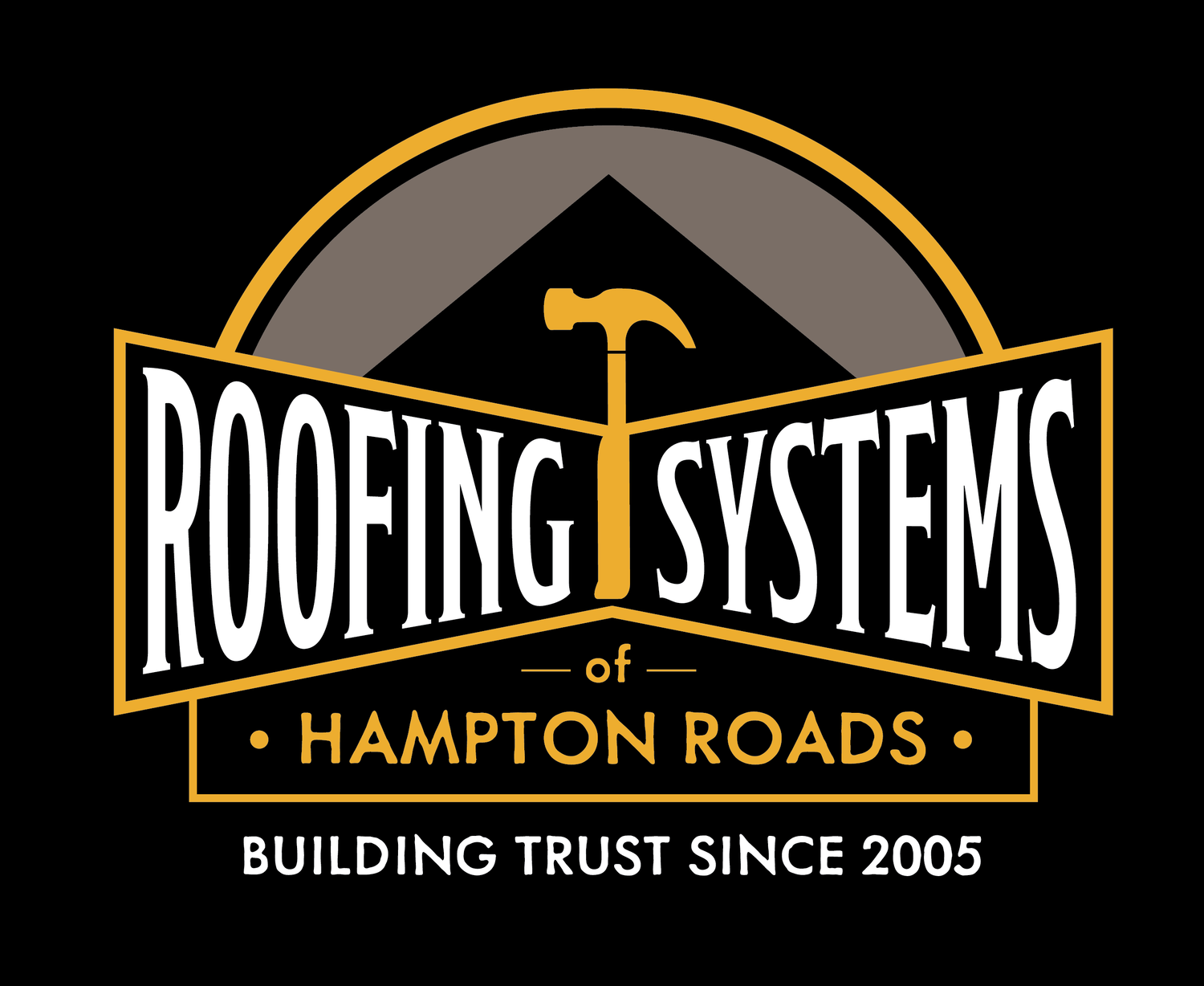The Benefits of Laminated Glass in Skylight Design
When it comes to Skylights and their Glass, what's the difference between Laminated and Tempered Glass
Safety glass is essential for all kinds of projects, from patio furniture and poolside pieces to your shower door. But what's the difference between laminated vs tempered glass? You can actually have both! Learn more on how the glass is made and what happens when it breaks.
When glass is made, it goes through a cooling process. When glass is cooled rapidly, it gets stronger. (Check out this Popular Science article for more on glass strength.) When you need safety glass, you have a couple of choices. Laminated glass and tempered glass are both strong, but they work in different ways.
Laminated Glass
Laminated glass is actually made of two or more panes of glass that are joined together by a layer of plastic, or polyvinyl butyral (PVB). The plastic comes in varying sizes, and it can be clear or tinted.
You'll almost always see it inside skylights, because it's more energy efficient and can screen out ultraviolet radiation. The lamination process can also help with soundproofing. One of the biggest benefits of laminated glass is that if it does break, the broken glass sticks to the plastic rather than falling to the floor and creating a potentially dangerous mess.
Windshields are made of laminated glass; in fact, that blue tint on the top is the edge of the plastic layer. Although it's called 'laminated glass,' it's really a process. You can laminate tempered glass!
Tempered Glass
Tempered glass cools quicker than most other types of glass, and that makes it stronger. It's made by reheating basic annealed glass and then cooling it rapidly. This is called "air quenching" and makes the glass about four times stronger than annealed glass of the same size and thickness. Tempered glass has more tensile strength—meaning it can bend easier without breaking. It's often used in big windows or skyscrapers, since it's more wind resistant. If tempered glass breaks, it shatters into cubes rather than shards, which is why it's a type of safety glass.
